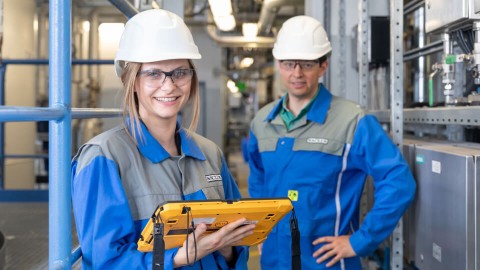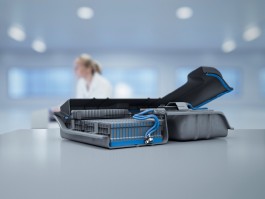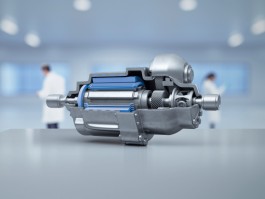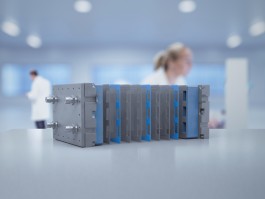E-Mobility
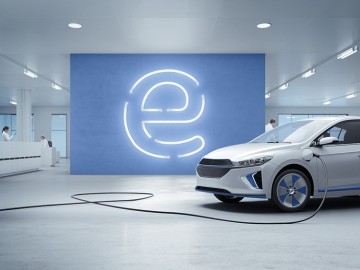
WACKER silicones are the ideal materials for use in extreme conditions, such as those found in automotive applications, especially e-mobility. Whether in electric motors, power electronics, displays, cables and plugs, fuel cells, batteries or sensors: our high-performance silicones have exceptional properties that enable our customers to secure pole position in their particular market.
Our silicones protect sensitive electronics and support thermal management. This enables the key topics – electrification, connectivity and autonomous driving – to be implemented reliably and economically. Silicones from WACKER guarantee high reliability and a long service life. In addition, flame-retardant silicone coatings make it possible to use lightweight laminates to separate individual compartments in the car, e.g. to separate the battery from the passenger compartment.

